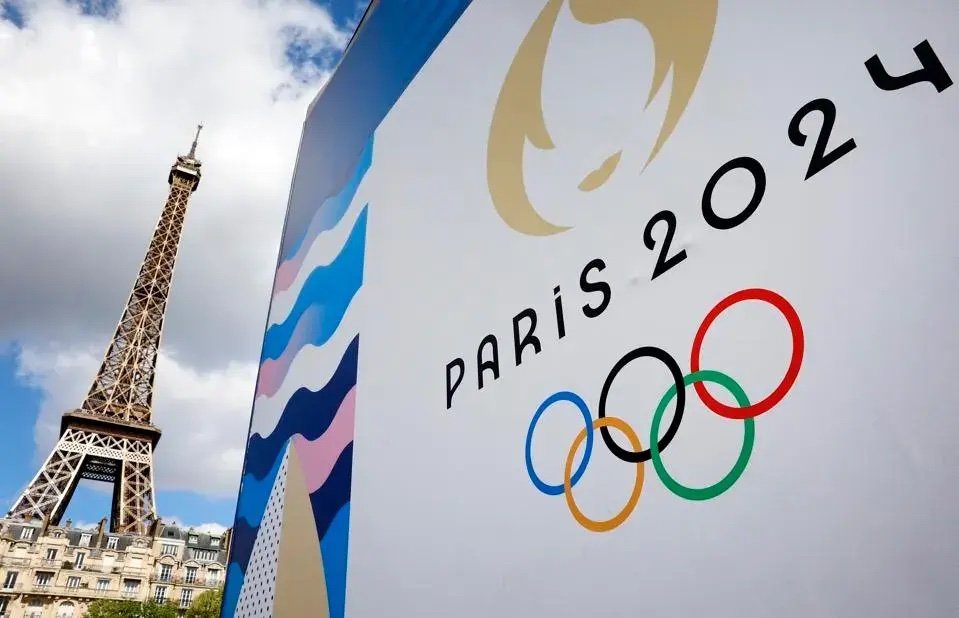The Paris Olympics' Approach to Sustainability and Textile Waste
With the conclusion of the Paris 2024 Olympics this past week, the spotlight returns to the sustainability initiatives that were a central theme of this year's ceremonies.
The Paris 2024 Organising Committee included sustainability goals from the initial bid onwards, aiming to halve the carbon footprint and committing to a responsible resource management approach. These efforts were paralleled by the International Olympic Committee (IOC)’s sustainability initiatives and individual countries as well.
The Paris 2024 Games featured innovative choices in materials and end-of-life plans for the vast array of textiles used during the Games. Examining these efforts reveals both progress and ongoing challenges.
Initiatives Undertaken
Responsible Design
The Paris 2024 organisers prioritised sustainable materials, minimising the textile based signage and outfitting volunteers in eco-friendly unisex attire designed for functionality and reuse. Recycled materials were central in design choices, including repurposed parachute fabric used to make bean bags for the Olympic Village.
Local and Socially Conscious Designs
Organisers collaborated with local artists, designers, SMEs, and social enterprises to create, source, and manage the goods needed for the games. In a similar vein, countries embraced thoughtful designs with artists like Stella Jean from Haiti implementing sustainability by recycling materials from her Grandmother's old dresses, Team Japan’s use of recycled clothing, or Team Canada’s culturally-conscious partnership with Mason Mashon.
Recycled and Innovative Materials
LVMH, the Paris 2024 Olympics' major apparel sponsor, used offcut fabric to craft medal bearer attire. Innovative fabrics were also seen, merging the high-performance requirements of athletes with environmental sustainability. Despite the continued prevalence of synthetic materials, which are classically resource intensive and challenging to recycle, brands have iterated upon these materials to improve sustainable features. The United States, Taiwan, Ireland, and Brazil all took notable steps towards incorporating sustainability into their textile choices.
Partnerships and Reuse
The Paris 2024 Organising Committee Sustainability and Legacy Report highlights the partnerships with key organisations to maximise textile reuse and minimise negative impact. The 131-page report features insights from recycling, design, signage corporations, and donation specialists. These collaborations were crucial in advancing the Games sustainability goals.
Challenges and Opportunties for Improvement
Merchandise, Trends, and Overconsumption
Merchandise consumption related to the Games is significant, though data on this issue remains scarce. Fast fashion retailers release Olympics-themed merchandise, targeting casual viewers far beyond the Games' attendees, further exacerbating the diffuse issue. Such merchandise, often marked by logos, locations, and dates, tends to be worn only temporarily and rapidly becoming out of style or date.
Synthetic Materials and Recycling
Synthetic materials like micro-plastics, fossil fuel-derived fibres, and non-biodegradable textiles still pose significant challenges. Take the Olympic Village mattresses, which are intended for reuse, but are made of polyethylene fibres—a synthetic material that, while recyclable, is not easily broken down. Down-cycling these materials is preferential to them contributing to environmental issues, but it underscores the broader challenge of managing synthetic textiles.
Transparency and Target-Setting
As of now, no official data has been released on the overall textile demands associated with the Games. Given the emphasis on sustainability, it would be beneficial to see concrete, results-oriented commitments regarding textile use and management. A post games report is reportedly forthcoming and should provide additional insight.
The Paris 2024 Olympics have demonstrated the potential to incorporate sustainability into large-scale events. Beyond this year's ceremonies, the sporting, merchandise, and events industries can seek to improve their environmental practices and minimise textile waste learning from where the Paris 2024 Olympics have excelled and where they may have fallen short. By adopting sustainable design, integrating circular economy principles, and supporting local production, successful events can be held without excessive environmental impacts.

